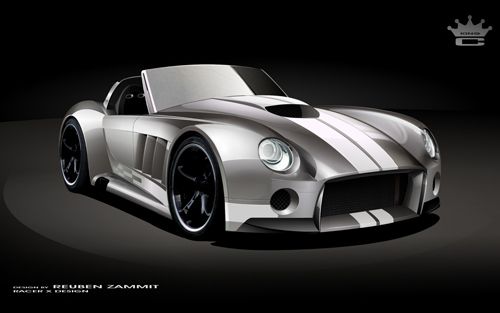The most affordable cars available today begin with the Nano car. This car was developed in India and holds an interesting story.
It began with a thought to offer a "peoples car" to the India population, most of which are fortunate enough to make $1,000 American dollars per year. In India, most transportation is provided by scooters and quad-bikes. Ratan Tata wanted to offer the people of his country more than this standard transportation.
The chairman of Tata Motors, Mr. Tata challenged a 32 year old engineer, Girish Wagh to develop a car with three requirements: must comply with regulatory stipulations, must be low-cost, and yield performance goals of acceleration capacity and fuel efficiency.
It began with a thought to offer a "peoples car" to the India population, most of which are fortunate enough to make $1,000 American dollars per year. In India, most transportation is provided by scooters and quad-bikes. Ratan Tata wanted to offer the people of his country more than this standard transportation.
The chairman of Tata Motors, Mr. Tata challenged a 32 year old engineer, Girish Wagh to develop a car with three requirements: must comply with regulatory stipulations, must be low-cost, and yield performance goals of acceleration capacity and fuel efficiency.
The proto-type was 4 wheels supporting bars with plastic flaps instead of doors to protect the driver from the rain. This looks more like a quadra-cycle than a car but this mistake led to the design team to build an actual car design.
Mr. Tata decided he needed the help of suppliers that could bring him the materials to build a proper car. Most suppliers he approached were skeptical to say the least. Let's face it, Tata wanted to build the cheapest car in the world and keep the price tag at $2,500.00 American dollars.
Imagine the faces of these suppliers when he presented this "crazy" idea to them.
Tata appealed to them that they would make world history as well as develop their own businesses and slowly some of the suppliers jumped aboard with the idea. The rack and pinion steering was produced by Rane Group. The major goal was to reduce the weight and a steering rod replaced the typical steel tube that makes up the steering mechanism.
GKN Driveline India provided the technology for the drive shaft. This attempt failed 32 times before they got it right! And, the balance of the suppliers who were challenged with providing quality parts at low prices can tell similar stories.
Eventually, Wagh's team included over 500 engineers working on the Nano car. The designing of this car was a feat unmatched, but has paid off. The Nano provides a status symbol to the country-men of India.
Today, the Nano is just 5 feet wide and a little over 10 feet long. The car will travel 65 mph and holds a 33 horsepower engine. To provide smooth handling the 4 tires sit directly on each corner of the vehicle. The Nano weighs in at 1,300 pounds with no need for power steering to turn such little weight.
Other cost saving features that are missing include:
*No airbags
*No air conditioning on standard models
*No stereo systems on standard models
*Only one windshield wiper rather than the standard 2
*One wing mirror
It's amazing when you consider the ingenuity to design this car by saving costs and not offering so many features that we take for granted, such as a car stereo.
Mr. Tata has accomplished his goal by providing a "peoples car" at a low cost.
This is an amazing story behind the most affordable car available in the entire world. Our hats are off to Mr. Tata and his team who are continually improving on the Nano Car.




























